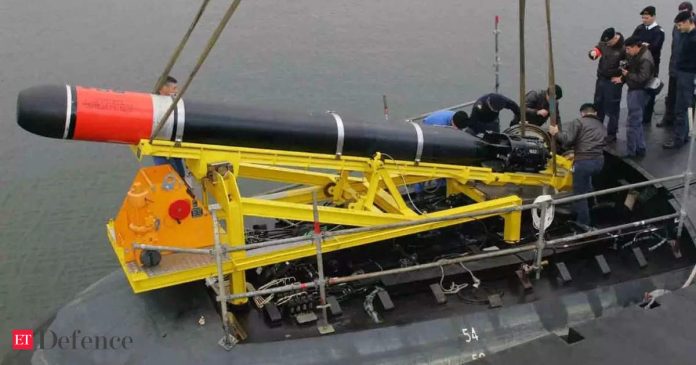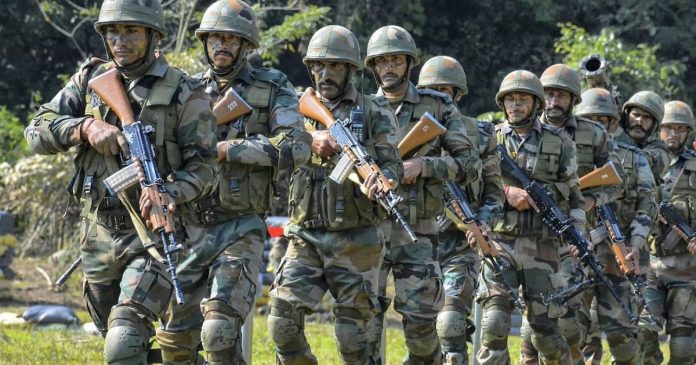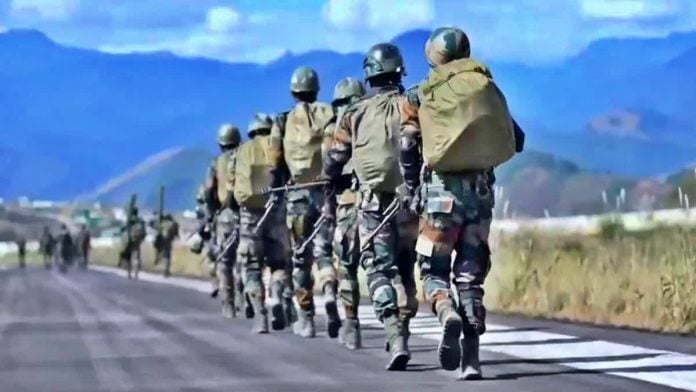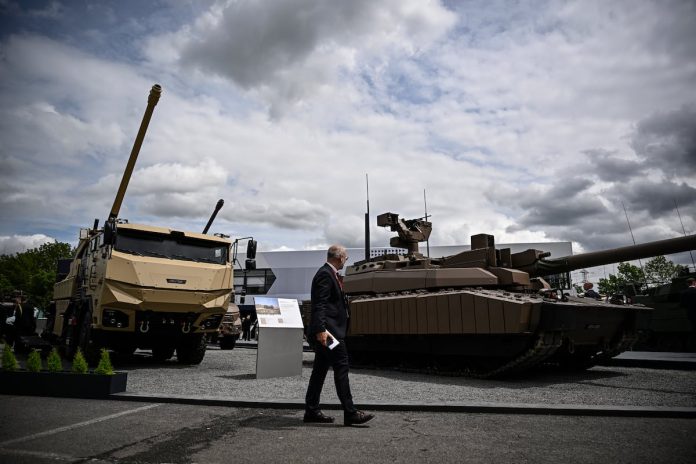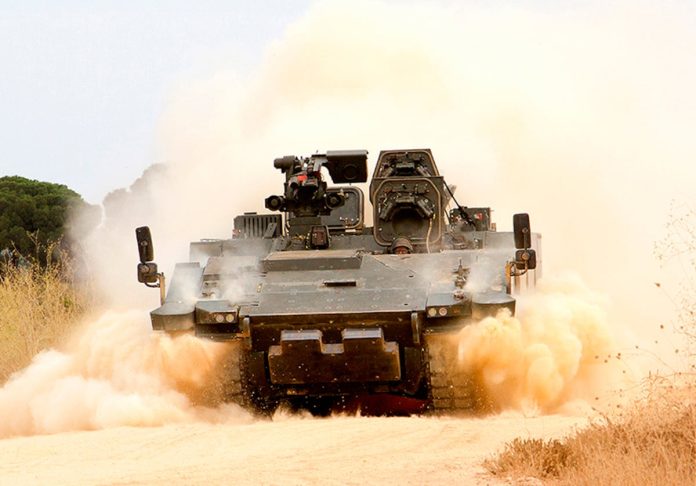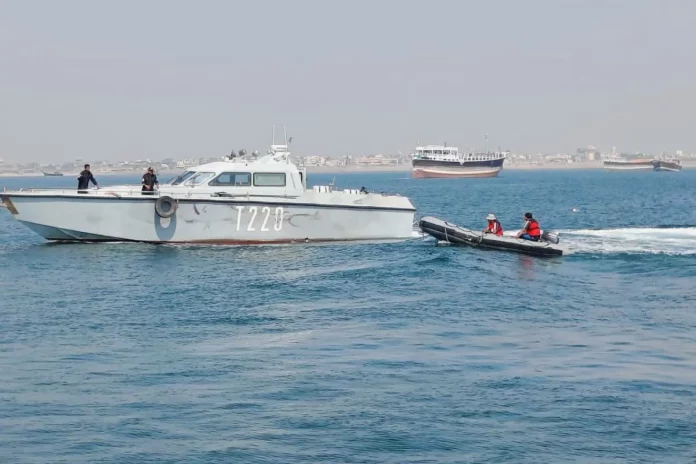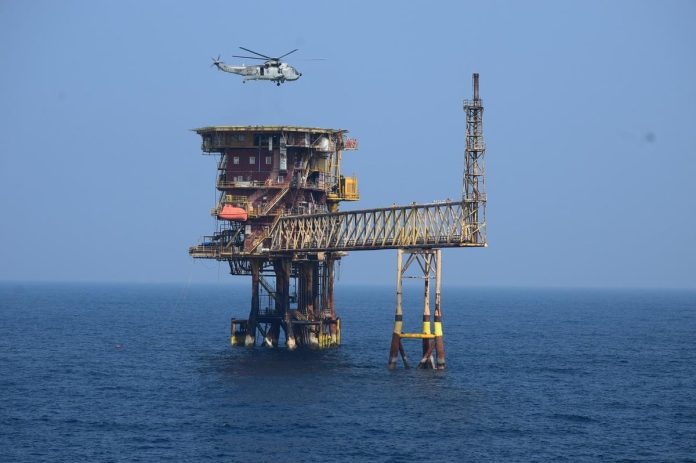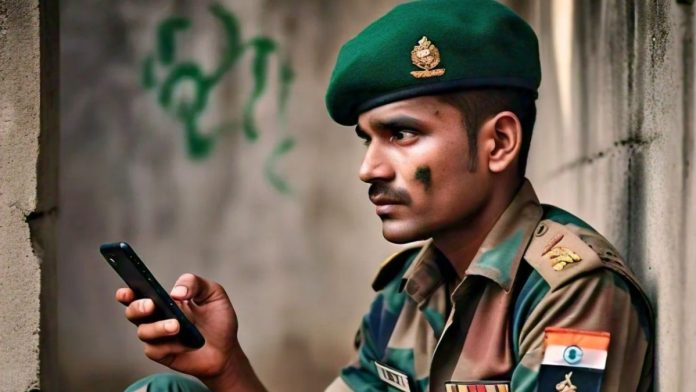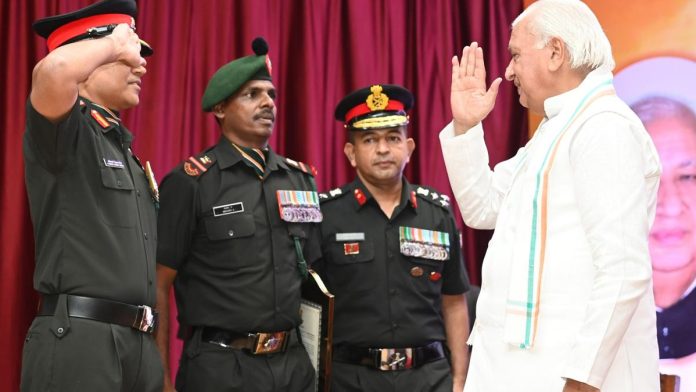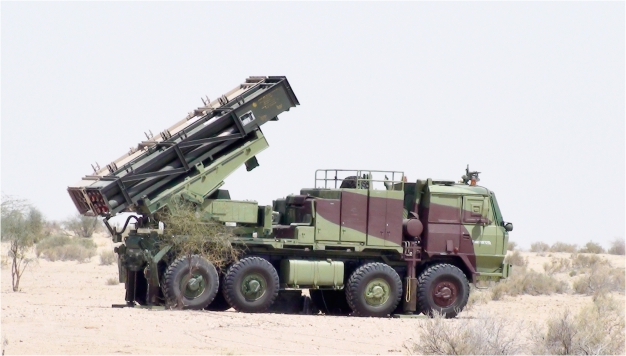The Italian ‘Black Shark’ torpedo is once again in the spotlight as it seeks to fulfill a critical requirement for the Indian Navy’s Kalvari class submarines. This development comes a decade after the torpedo faced scrutiny over allegations of corruption and irregularities, which led to its initial withdrawal from consideration. Manufactured by Leonardo—previously known as Finmeccanica—the Black Shark is now vying for a share of a contract valued at approximately ₹3,000 crore, which entails the procurement of 48 heavyweight torpedoes for the Indian Navy.
With Leonardo removed from the blacklist imposed due to previous controversies, the Black Shark is competing against offerings from German and French manufacturers. Notably, both the German and French torpedoes had undergone testing by the Navy two years ago; however, these efforts did not yield any contracts. Meanwhile, the Black Shark has not seen field evaluation since its last test in 2009, during the United Progressive Alliance (UPA) government.
The ongoing tender process adds an element of uncertainty, as it does not clearly outline whether competitors will undergo fresh field evaluations or if the decisions will be based on historical performance and technical specifications already provided. Attempts to gather insights via a detailed questionnaire directed to both the Indian Navy and Leonardo remained unanswered as of the latest updates.
Previously, the Black Shark emerged as a strong contender for a requirement of 98 torpedoes during 2008-09, but the project was shelved in 2013 after being referred to the Central Bureau of Investigation by the defence ministry. The Indian Navy has been in pursuit of advanced heavyweight torpedoes for over a decade. A recent effort to acquire the next generation of torpedoes involved a competitive bidding process between German and French manufacturers, with the French F21 emerging as the most compliant and the lowest bidder. Nevertheless, a formal contract was never finalized.
In response to these ongoing procurement challenges, the Indian defence ministry has rolled out a dual-pronged strategy. This involves the immediate acquisition of 48 torpedoes from an international source paired with a ‘Make in India’ initiative intended for a more extensive procurement in the future. The Defence Research and Development Organisation (DRDO) is set to take the lead on this indigenous project, with potential collaboration from private entities.
The new heavyweight torpedoes are critical for the Kalvari class submarines, which are currently under construction at Mazagon Dockyard. The Indian Navy has six of these submarines on order, with negotiations ongoing for an additional three of the same class, highlighting the urgency and importance of resolving the torpedo procurement issue promptly.

